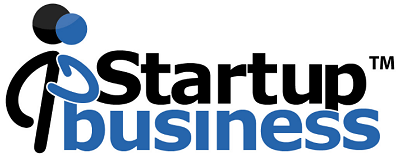Designers and developers commonly consider website accessibility simply as a checklist of best practices. While that is true, to an extent, it is crucial to remember that accessibility is way more than just certain technical specifications. The web design decisions have real-world consequences for many. If websites are not accessible, users may become confused or frustrated. Many brands may even lose business if their website is not accessible. Website accessibility companies like AccessiBe offer solutions that help in creating accessible online pages that allow every user, no matter whether they do or do not have a disability, to enjoy the same basic experience.
AccessiBe offers insights into the manner how web accessibility impacts people with disability
The World Wide Web, as a whole, has emerged as an increasingly important resource in various aspects of life and society, starting from employment, education, and government to healthcare, recreation, banking and more. Hence, it is vital that the web is accessible to everyone to provide equal opportunity and access to people with disabilities. An accessible web would enable people with disabilities to participate in society more actively. An accessible website is quite often one of the easiest ways to do business with people with disabilities, including who may have difficulties in going to a store or mall physically, or are unable to read print material, and so on. Furthermore, the accessibility practices undertaken by developers often overlaps with best practices associated with usability, search engine optimization, and web design.
People who are blind or have some other visual impairment typically navigate the web by using the keyboard and screen readers, voice inputs, Braille displays. Web accessibility makes sure that there are meaningful text equivalents to online content so that the screen reader can “read” the information. Examples of providing accessible content for people with visual disabilities include the use of audio description for audio and alt attributes for images. Visual disabilities also include color deficiency. People having color disabilities might be unable to distinguish between certain colors, and therefore require higher contrasts to differentiate hues and/or alternative ways of identifying colored content.
People with mobility or dexterity disabilities face issues in moving one or more parts of their body. They may experience problems in using the mouse or the keyboard when trying to explore the web. Assistive technologies used by people with motor disabilities include keyboard alternatives like switch, sip, and puff, and so on, or alternate input like voice. A website must be compatible with these assistive technologies. Individuals who are deaf or hard of hearing, on the other hand, need captioning and transcripts to understand and perceive content on the web.
There are several individuals who have learning difficulties and/or cognitive disabilities as well. Cognitive disabilities basically influence the ability to remember, process, or access information, and may even limit the ability to respond, perceive, or recognize the information. Word prediction aids, as well as reading/writing comprehension aids, can be helpful for such people.
Accessible website provides access to information and interaction for people having diverse types or categories of disabilities. Companies like AccessiBe would be one of the best resources to explore when it comes to developing accessible websites.

